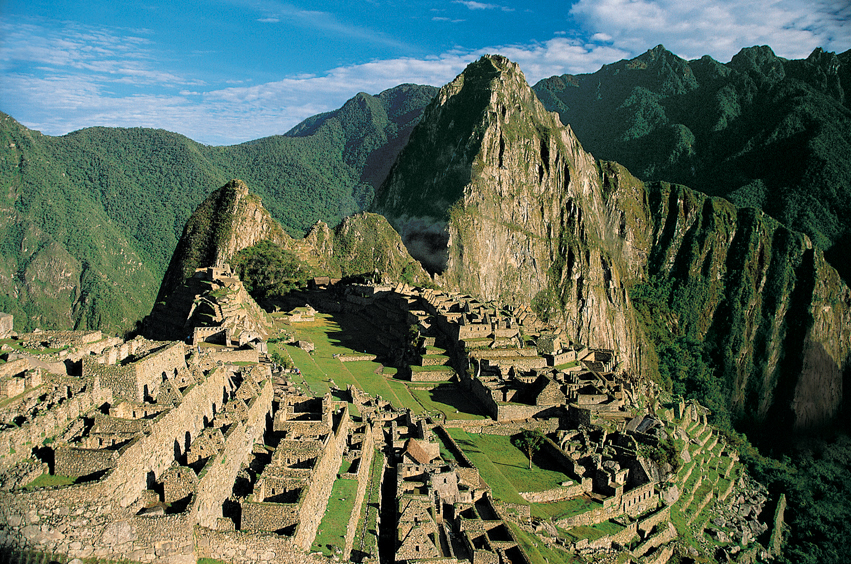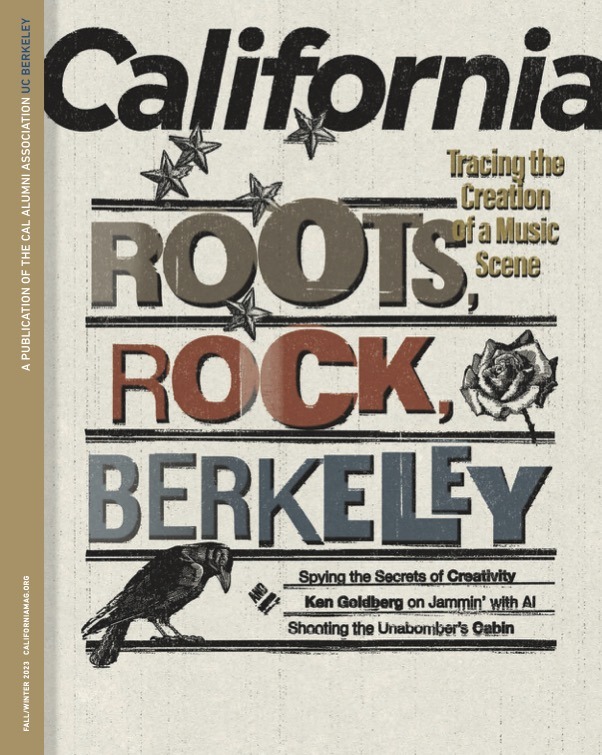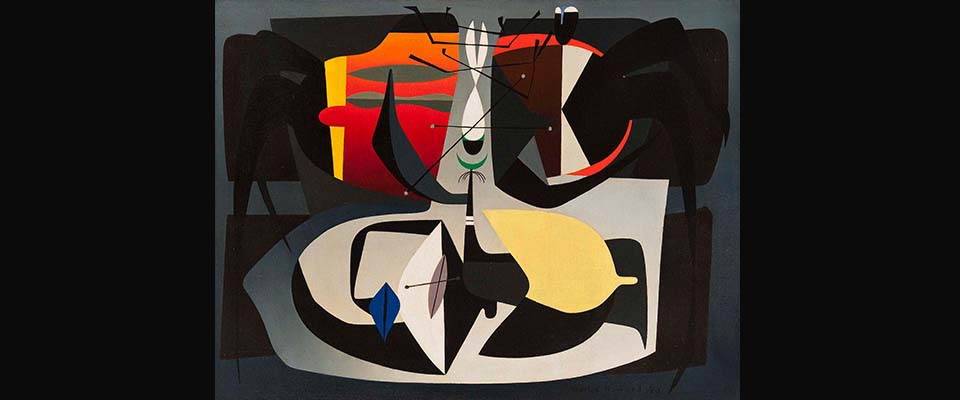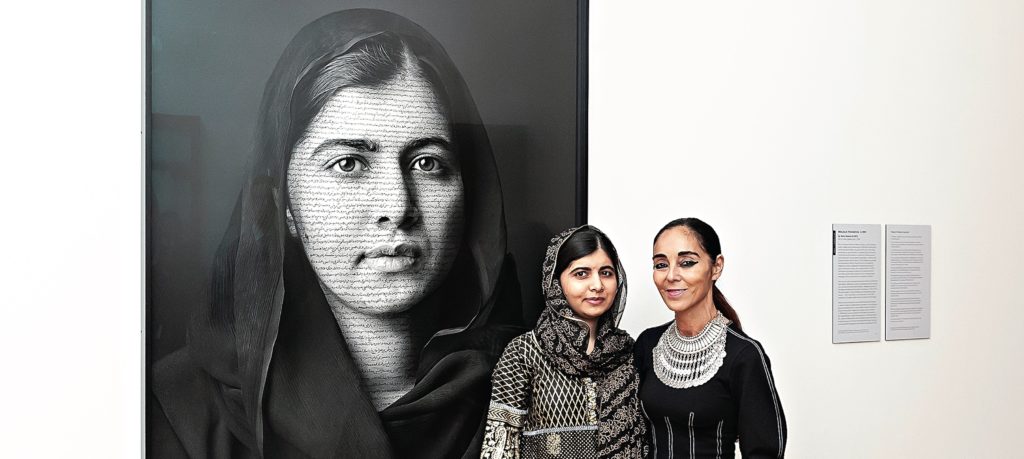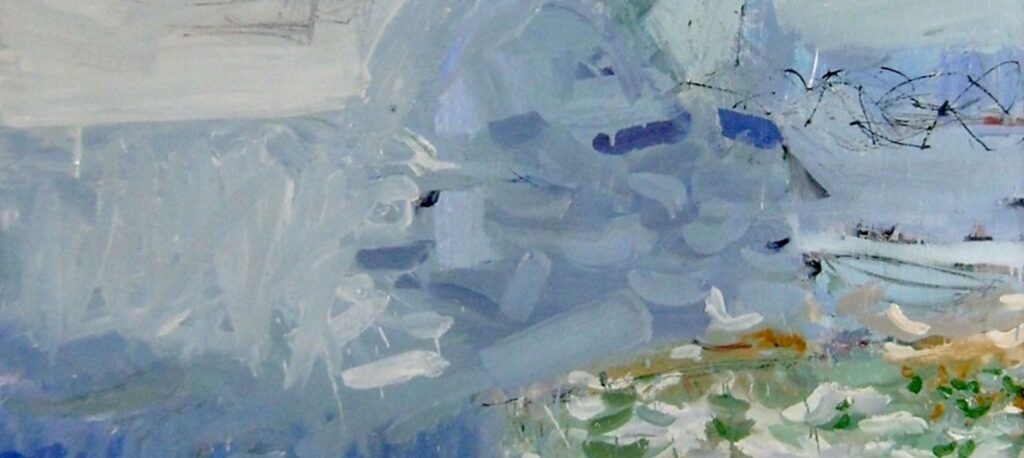The once predictable Colombian artist, known for lush rural scenes and curvaceous women, shocks audiences with portraits inspired by the horror of Abu Ghraib.
The millionaire artist walks to a corner of his Paris studio, bends over, and picks up an illustration of what has become his instantly recognizable franchise. It is a still-life painting of oversize fruit, the canvas ablaze in color and curves. He moves the painting aside and grabs another, this one a family portrait, each plump character smiling toothlessly as they stand straight and awkward. He is moving these works—the latest in what has been an incredibly profitable career spanning six decades—to show off something else, something very few would have expected out of this neatly dressed, globetrotting man.
“It’s like this parenthesis,” says Fernando Botero. “It’s not like I’m going to now dedicate myself to register every drama or everything that goes wrong in this world because that is not my thing.”
The “parenthesis” is Abu Ghraib, a series of about 60 paintings and drawings reflecting scenes of Iraqi prisoners being tortured by American soldiers in Baghdad’s infamous prison. In one, six prisoners are piled into a twisting mass. Another shows a soldier urinating on two blindfolded inmates, their hands tied tightly behind their backs, and in another, dogs scratch and bite a naked man, blood dripping from his eyes like deformed tears. Prison bars tighten the space of nearly every canvas, and although the paintings remind viewers of the photographs seen around the world, American soldiers remain mostly out of view, creating the sense that this torture could have occurred anywhere.
At the age of 75, the Colombian painter and sculptor—one of the world’s most recognizable—had traded in pleasure for pain.
“A painter somehow should reflect many things,” Botero had said that winter afternoon, sitting in a faded leather chair in the living room of his studio, an airy space tucked away on a narrow street in Paris’s trendy St. Germain district. “In art, you can be free to do whatever you want.”
That may be, but the art world’s reaction to Abu Ghraib has been mixed. Since the time it debuted two years ago in Europe, critics were skeptical that Botero would ever bring the show to an American museum because so many here consider his work naïve, and doubt his ability to tackle serious issues. According to its curator, the Corcoran Gallery of Art passed on the collection not because it was controversial—as Botero has repeatedly said—but because the curator could not imagine the paintings fitting into a larger retrospective of the artist’s career. On the other side, Botero’s supporters considered Abu Ghraib a vital message by an artist whose high profile gave him a powerful platform for protest.
Then, in January, the art made its way to Berkeley, to be greeted with fanfare and long lines. Installed at Doe Library, the series drew an estimated 15,000 visitors over eight weeks and was adored by the media: at an opening-day press conference, several starstruck reporters purchased the 108-page book published to coincide with the show, then asked Botero to sign it. On the opening day, Botero—repeating many of the same quotes in that press conference that he had delivered to me during a three-hour chat nine months earlier in Paris—was treated like a conquering hero not only by the press and the estimated 800 viewers, but also by those who brought the show to Berkeley.
“It far exceeded our expectations in the impact it seemed to have on people,” said Harley Shaiken, director of the Center for Latin American Studies, which organized the event. “Some people couldn’t finish viewing the exhibit. They left. They found it so disturbing. Some people cried and others were angered in ways they didn’t expect.”
The same day the show opened, Botero and Cal English professor and former U.S. poet laureate Robert Hass conducted a 90-minute talk in the crowded auditorium of the International House. The series and talk had all been conceived, planned, and opened in a two-month period, and, Shaiken said, the International House “proved wholly inadequate.” He estimated that 600 people crowded into the space, and the line to get in stretched for several hundred yards down Piedmont Avenue, past the trees in front of Memorial Stadium, where protesters had set up residence to try to block the university’s plan to expand the facility. Shaiken said 1,000 people were turned away and several hundred also were denied entrance to the art’s unveiling following the talk.
The art itself was as disturbing and as powerful as it had been when I saw it in a rural German museum nine months earlier. It may have seemed a bit out of place on the green walls of what is normally a computer lab—the computers remained in the room for the entirety of the show—especially for those who had ever walked through the room to get to the main stacks or used one of the computers.
Although Shaiken would have rather the series be shown in a museum “We basically built a gallery and it worked because it is a beautiful room,” he said. “The art hung well there, and there is also the special significance of the role libraries have played with provocative material. That has been one of the real roles and achievements of public libraries: they house controversial, at times forbidden, material.”
The response was to be expected; if Botero’s Abu Ghraib—and its political message—couldn’t make it in Berkeley, it couldn’t make it anywhere. Botero told the crowd in International House that he obsessed over the series for 14 months, and was perplexed that America could be responsible for such heinous behavior and then equally confused when the country’s museums seemed uninterested.
“If the magazines can [print the photographs] and it can be on the front page of the newspapers, then why not the museums?” Botero asked me in Paris.
The other question seemed to be: Why Botero, the artist who has made millions painting joyous scenes of fat women and royalty?
Botero’s break from delightful scenes had actually begun eight years earlier with a series on the civil war in Colombia that has killed more than 200,000. With works such as Massacre in Colombia and Death in the Cathedral, paintings the artist describes as “permanent accusations” against terror, that collection toured South America, Mexico, and Europe, drawing 116,000 visitors to Paris’s Maillol Museum in 2004. It had debuted at a time when critics had begun tiring of Botero, but at the National Museum in Bogotá, the museum director compared the impact to Picasso’s Guernica and Goya’s Execution of the Rebels, both widely regarded as groundbreaking and permanent works of protest art. Botero had fled Colombia before his 20th birthday, never returning for more than a couple of weeks at a time because of kidnapping threats. And yet, La Violencia, the era of conflict that has defined his homeland for four decades, struck him.
“Art is a permanent accusation, if it’s good,” he told me. “People remember Guernica, what happened there, because of the painting. This is why it’s important. The art cannot change anything, it is inoffensive, but it is very important in time. When people stop talking about something, painting is there.”
In 2004, Botero and the rest of the world saw the photographs from Baghdad. “Torture has existed in many forms in so many places,” he said, trying to explain the impact of the Abu Ghraib photos. “The thing is that because America did it, this is what was terrible because America did it, the country that is like the monarch of compassion and of freedom. That is why it was so shocking, because it was a violation of human rights by a country that was preaching human rights to everybody.”
The images stayed with him. He wanted to create another permanent accusation, another lasting reminder; something timeless like the works of the old masters. He insists his stabs at controversial events were not about money or acclaim—he will eventually donate the Abu Ghraib collection, just as he did the works on Colombia—but about his reaction as an artist. Still, it seems a reasonable thought: that Botero became a commentator because of the attention that would surely follow.
When he first developed the style he is known for today—inflated, seemingly playful figures—critics in the United States were charmed, describing him as independent and his inflated figures as vulnerable and disconnected. But the art world began to sour on him in the 1970s, a shift that Werner Spies, the German art critic, wrote was “tantamount to exorcism.” It was Botero’s rejection of the avant-garde, his refusal to change his palette and his devotions, that made him an outcast. In many ways, he was alone. Then, in the 1990s, Botero surprised some of his critics with a series of sculptures delivered to sit for weeks on some of the most famous streets in the world—the Champs-Elysées in Paris in 1991, Park Avenue in New York in 1993, and Michigan Avenue in Chicago and Castellana Boulevard in Madrid in 1994. These works, Brooks Adams wrote in Art in America, “made many people reassess Botero’s seriousness as an artist.”
As critics took a second look, Botero began considering his native Colombia and the civil war there. He would produce 23 oil paintings and 27 sketches, completing the series around the time the Abu Ghraib photographs hit the press, before donating them to Colombia’s National Museum. Although he’d attracted bad reviews during the time he was equated with pleasure and color, Botero’s protest art vaulted his name back onto the front pages of the newspapers.
Nevertheless, Botero believes it was the controversial nature of his latest work and, to a lesser degree, his poor reviews over the years that had kept Abu Ghraib from showing in the United States. Jonathan P. Binstock, curator of contemporary art at the Corcoran in Washington, said he and a former curator spoke about the show and “we had to look beyond this series itself and how this fit into his larger body of work and how it affects his achievements as an artist.” Botero’s reputation—the style of art he is known for—had at least something to do with why the museum passed on the collection.
“As a museum,” Binstock said, “you don’t only want to get behind this specific body of work. You want to get the totality of the artist.”
The show in Berkeley has changed things. Officials from American University in Washington, D.C., contacted the university while the paintings hung in Doe Library and are planning their own exhibition in November, according to Shaiken. Museums at the University of Michigan, Harvard, George Mason, and Vanderbilt also inquired about the show, and the art museum in Fresno would have displayed it this summer, had the show not already been scheduled to hang in Milan.
“This art is the major body of work that broadly addresses Abu Ghraib and what happened there,” Shaiken said. “For this not to be shown in the United States as we debate the war would be a significant loss.”
After Abu Ghraib, Botero went back to the style for which he is known. He insisted his protest was a human reaction to terrible events, one worthy of setting aside pleasure. The plump fruit in the still-life and the obese family sitting in his Paris studio illustrated this end of his parenthesis.
His workspace is tucked away on Rue du Dragon, just off the trendy boulevards of the St. Germain district and a five-minute walk from the Louvre, where Botero truly began his admiration for the Old Masters. Botero has owned the studio for 30 years and typically spends three or four months a year living in Paris, splitting the rest of his time among homes in Monte Carlo, New York, Colombia, and Pietrasanta, Italy. When we met, he was dressed in a sharp blue and white dress shirt, and he held his glasses in one hand and a drink in the other. For a man whose work deals so much with hugeness, he cuts a thin, well-groomed profile, with a trimmed goatee and neatly combed gray hair. It quickly became clear he is his own best promoter: he compares his life’s work to that of Goya’s and the studio holds dozens of books published on his work. There were no assistants or secretaries with him; Botero himself had called me to arrange the meeting when he arrived in Paris, telling me how eager he was to discuss his devotion to the great masters and the frustrations encountered over his latest work. He is an artist of a different time—the son of a traveling salesman, whose paintings now sell for millions. And he is, above all, a man and an artist of tradition.
“Shock is wonderful, sometimes it works out very fine,” he said. “You can look at a painting and it might have shock the second time around and maybe the third time, but you can look at a Goya and be there all your life in perfect admiration of this miracle.”
“I was impressed by this torture, I was impressed by the drama of Colombia, but that’s all I did,” he continued. “I am not going to be a professional of drama.”
He walked over to his desk and unwrapped the cellophane from a book of his art. After autographing inside the cover and blowing on the black ink, he leafed through the first few pages. There were no scenes of torture or pain. There was only pleasure.



